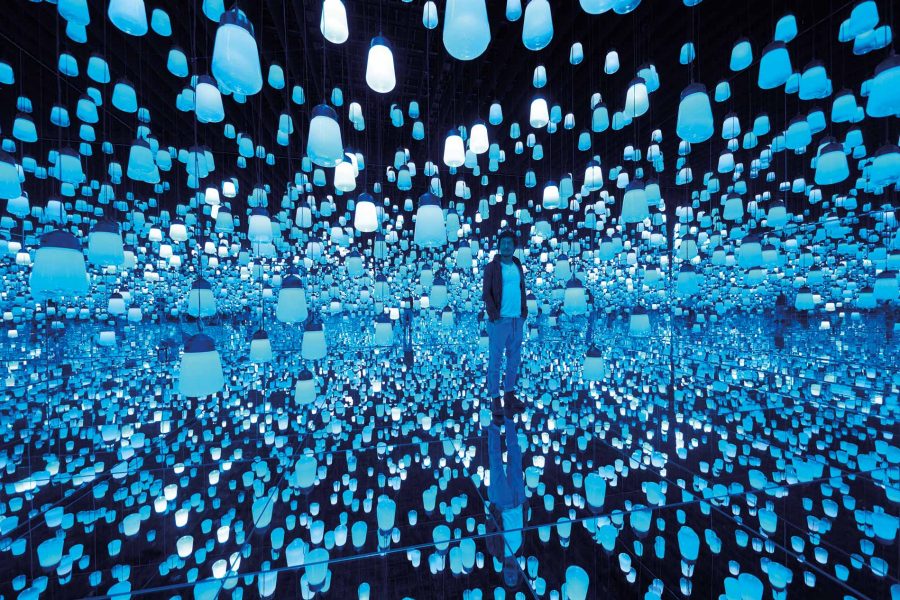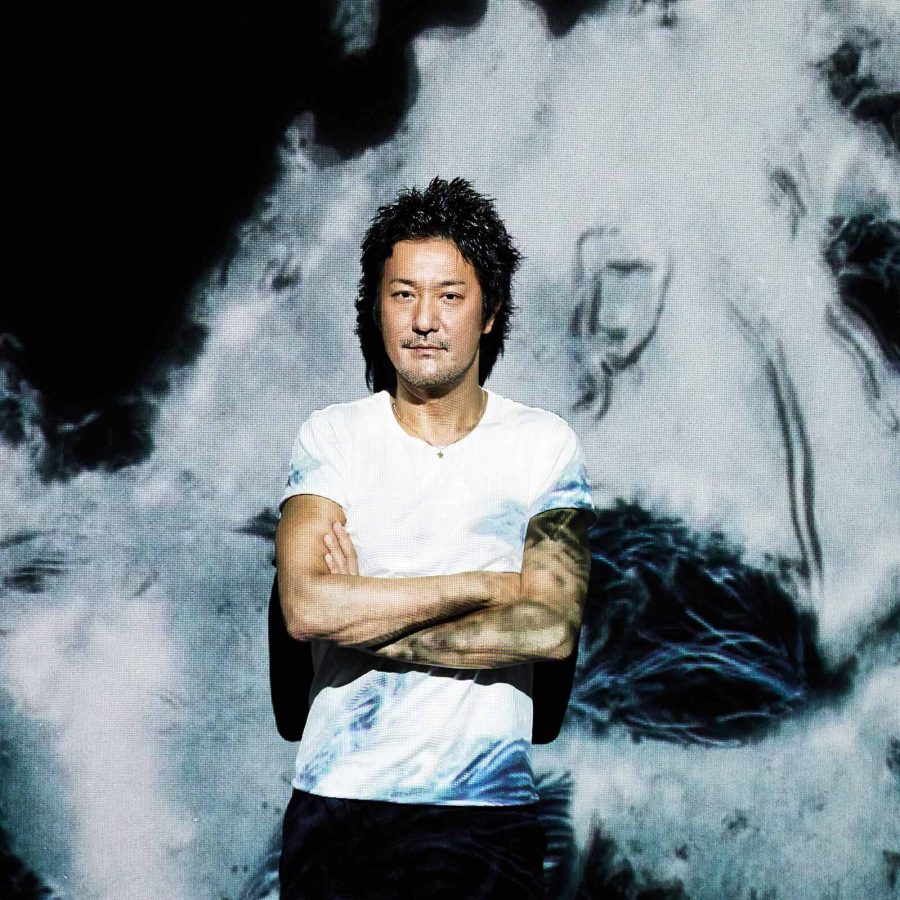Q&A with TeamLab founder Toshiyuki Inoko

Tell us about TeamLab SuperNature at The Venetian Macao. Did the city serve as an inspiration for the exhibit?
The TeamLab SuperNature exhibition spans 53,000 square feet over several floors. We are debuting a few pieces here, including The Clouds that Self-Organise, which is a floating white mass. As people walk through the piece, it will break up and merge back into one giant cloud afterwards.
Rather than using the host city as an inspiration, TeamLab wants to inspire these places. We hope to create spaces where the boundaries between the human body and art are blurred, allowing people to gain a new perception of the world they live in.
TeamLab exhibits are social media sensations. Do you think this detracts from the art?
I think that’s part of human nature. If you see something that moves you, you’ll want to share it with others. But once people come to our exhibits, they will know that there’s really no way to capture the whole experience. That’s probably why they spend so much time trying to get the shot.

Would you say social media is an important part of TeamLab’s success?
We’ve been lucky to have some big stars – Will Smith, Hugh Jackman and Kendrick Lamar – who came to see us on their own, and posted their visits on social media. These are people who have changed the world with their art, and I’m happy that they are interested in what we are doing.
How will digital art evolve in the next few years?
When we started in 2001, the term ‘digital art’ didn’t exist, so we used it to describe what we do. As we became more well-known over the last few years, the number of copycats who call themselves ‘digital artists’ has also gone up. The term has now become very commercialised. As an artist, I can’t predict where trends are heading, but our goal is to keep doing what we think is meaningful.
What are your favourite art cities?
I love cities with museums that are surrounded by nature, such as Copenhagen’s Louisiana Museum of Modern Art and the Mona in Hobart.
More inspiration
Hong Kong travel information
- China – the Chinese Mainland, Hong Kong SAR, Macao SAR and Taiwan Region
- Hong Kong SAR - English
- Chinese Mainland (China) - English
- Taiwan, China - English
- 香港特別行政區 - 繁體中文
- 中国內地 - 简体中文
- 中國台灣 - 繁體中文
- Africa
- South Africa - English
- Asia
- Bangladesh - English
- Korea - English
- Singapore - English
- Cambodia - English
- 한국 - 한국어
- Sri Lanka - English
- India - English
- Malaysia - English
- Thailand - English
- Indonesia - English
- Maldives - English
- ประเทศไทย - ภาษาไทย
- Indonesia - Bahasa Indonesia
- Myanmar - English
- Vietnam - English
- Japan - English
- Nepal - English
- Việt Nam - tiếng Việt
- 日本 - 日本語
- Philippines - English
- Australasia
- Australia - English
- New Zealand - English